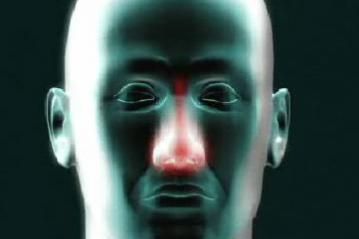Pollen is a fine powder made up of microspores produced by male plants. It is also called flower sperm. Pollen carries the male gametes (reproductive cells) of seed plants. Seed plants include both conifers (plants whose seeds grow inside cones) and flowering plants. Some species self-pollinate when the pollen moves from the male part of the plant (the stamen) to the female part of the plant (the pistil). Cross-pollination occurs when pollen travels to the pistils of other plants, either in the wind or with birds and insects that it sticks to when they land on plants to drink their nectar. The birds and insects travel from plant to plant, leaving pollen on them and pollinating them. This is how plants are fertilized and can reproduce.
Pollen, especially the lightweight kind found on anemophilous plants, such as ragweed that is easily dispersed by the wind, is an allergen that causes a specific type of allergy called hay fever. You can find out the daily pollen count (how much pollen is in a cubic meter of air) from your local weather station so you'll know whether it will be a bad allergy day for you.
Advertisement
In recent years people have begun to use pollen as a nutritional supplement, although it is unclear whether the consumption of pollen has any positive biological effects. This pollen is often called "bee pollen," even though it comes from plants, because it is collected from bees.
The outer layer of pollen, called the exine, is very durable and will not disintegrate even in the presence of intense heat or strong acids or bases. This means pollen is easily preserved and is part of the make-up of geological sediments dating back to ancient times. It is also useful in the study of the history of plant life.
Advertisement

